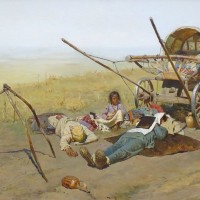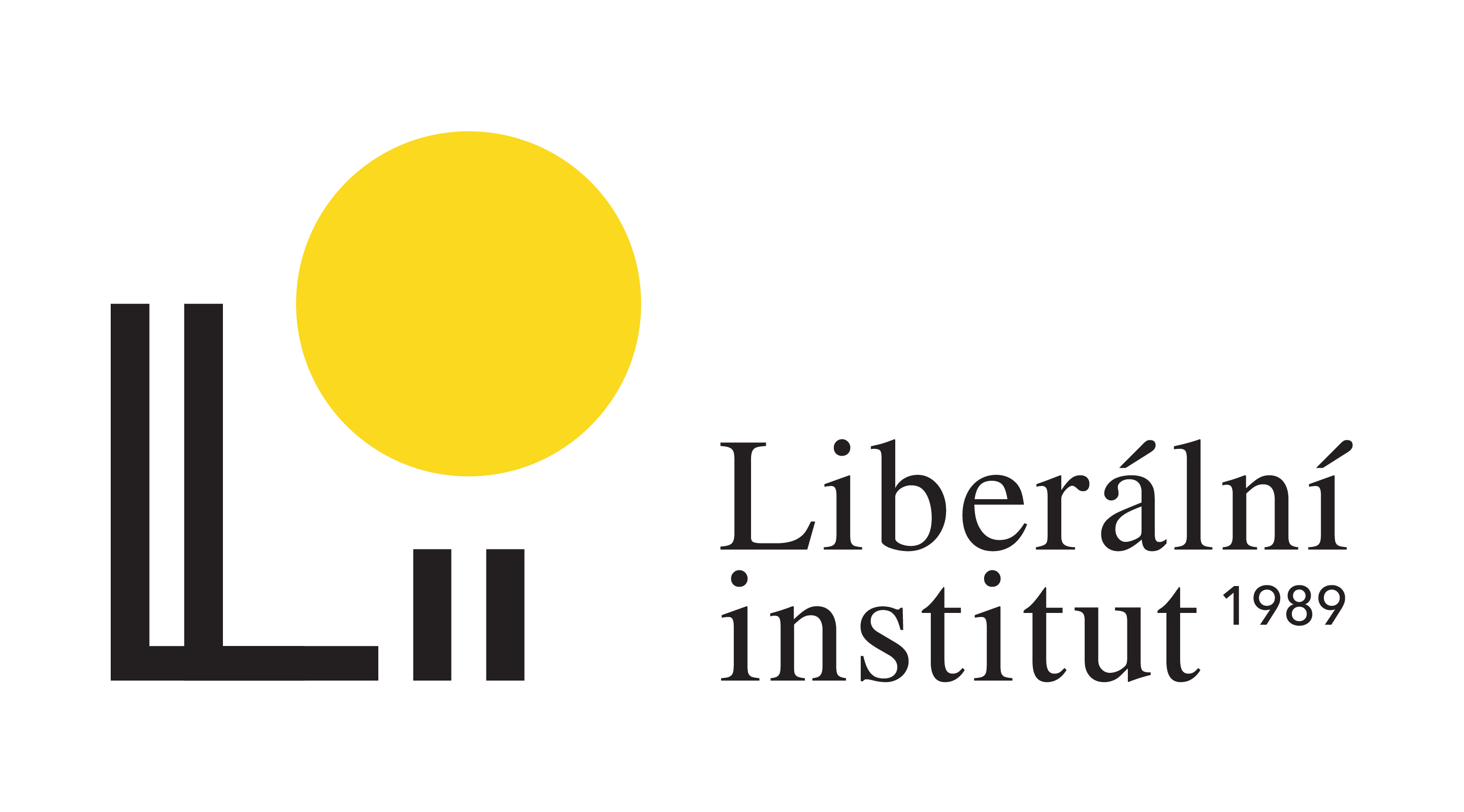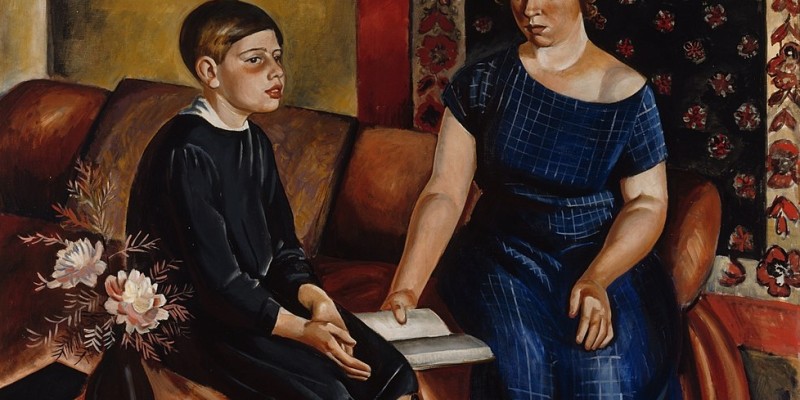
After the rising number of immigrants in 2015, the implementation of the Common European Asylum System became a priority for EU member states. Nevertheless, it has been documented by many studies that the V4 group countries drifted away from these intentions.
During 2016, the members of the Visegrad group worked together as a united bloc on migration issues in Brussels. However, while in Poland and Hungary, the illiberal sovereignist narrative prevailed, the Czech and Slovak governments took a more pragmatic approach to the EU generally.
This article shows key findings from an analysis which examined how the Czech Republic, Slovakia, Poland, and Hungary had positioned themselves in relation to the adoption and implementation of Frontex and looked at the similarities and differences in policies and discourse. The national reports on discourse analysis cover a period from June to December 2018, the period of mass immigration which caused the issue to feature in many media and political discourses in the member states. The policy analysis looks at a larger period, from 2015 to early 2023, which allowed the researchers to trace policy developments over a longer period
Throughout the country-specific policies and discourses, a number of common themes emerged. Specifically, we shall highlight five relevant issues that form the basis for comparison.
Framing Migration as Cultural Threat
The member states’ concern about possible cultural threats is the first finding that stands out when analyzing the discourse of incumbent governments. In the Czech Republic, the African origin and Muslim faith of refugees, as culturally incompatible and unable to adapt to a Czech social environment based on Christian values and customs, have become the main public narrative in the debate on migration management.
Comparatively speaking, migration has not been addressed as a topic of major significance in Slovakia. While the V4 countries all emphasized that national sovereignty must be protected against multiculturalism, Slovakia took a more moderate stance in publicly expressing its view on the issue, especially compared to Poland and Hungary. In practice, Poland did not feel any significant migration pressure around 2015. Middle Eastern migration was an external problem for the country, nevertheless, there are more similarities between Hungary and Poland regarding the issue of migration than between any other V4 member states.
According to the literature, within the V4, Hungary and Poland were the two opinion leaders. Right-wing political ideology mobilizes negative attitudes towards refugees, leading to the rejection and discrimination of these groups through the perception of symbolic threat, which may center on culture or religion. Since the first large waves of migration flow in 2015, the Law and Justice party has emphasized Poland’s cultural and political autonomy. Based on this narrative, refugees from the Middle East were presented as groups not only foreign and unwilling to integrate but also hostile to the Christian tradition.
Political leaders claimed that it was their moral duty not to give in to Western pressure and thus to prevent asylum-seekers with different cultural backgrounds from entering. A similar tendency occurred in Hungary.
Rejection of Quota
The idea of the redistribution of refugees within the EU on the basis of binding quotas has been met with strong opposition from the V4 countries. A proposal from the European Commission included redistributing 120,000 refugees from the most affected areas: Greece, and Italy (European Council 2018). It was adopted by a qualified majority with the Czech Republic, Hungary, Romania, and Slovakia voting against it. Poland voted in favor of the decision.
From the beginning, Hungary and Slovakia have had a negative attitude toward the relocation of refugees from Greece and Italy. The controversial referendum in Hungary against a mandatory EU refugee quota was a further act of the “cultural counter-revolution” (Nič 2016)16.
For the V4 countries, the common political success would have been to offer an alternative and reference point for other countries within the EU, and to be able to influence Community policy and force policy change. In fact, arguments that Central Europe had understood early that migration had to be handled through hard-line policies, and now the Western European states were following this lead, were widespread in the V4. A common policy of the V4 countries on migration instead of an ‘open-door’ policy is to address effectively the root causes of migration flows.
Anti-Brussels Narrative
V4 countries have expressed concerns and criticisms regarding the European Union’s handling of the migration crisis in 2015. One of those was based on the need to protect values such as Christianity and the sovereignty of states. The literature observes that Poland and Hungary’s expressions are more militant against Brussels and that the two countries’ condescending language is more likely to hinder real debate than to advance it.
Moreover, one cannot ignore the Rule of Law process concerning these two countries as they are closely linked to the issue of migration. By contrast, Slovakia has been more open to compromise and has used less harsh language. However, it has been argued that member states should have greater control over decisions related to accepting refugees.
Ukrainian Refugees
The ongoing Russian invasion of Ukraine has dramatically increased migration flows to Europe. Poland and the Czech Republic are currently hosting the largest group of refugees, with significant numbers also in Hungary and Slovakia. In October 2022, nearly 2 million Ukrainian refugees were registered in the Visegrad countries under temporary protection: 30,000 in Hungary, 96,000 in Slovakia, 442,000 in the Czech Republic, and 1,422,482 in Poland.
The V4 countries have generally displayed various attitudes towards refugees from different regions, including Ukraine. Poland provided aid to most of the Ukrainian refugees in absolute numbers, while the Czech Republic had the highest number in the EU considering the size of the population. Hungary has been more receptive to Ukrainian refugees compared to refugees from other regions. Slovakia and the Czech Republic also have been more accepting of Ukrainian refugees than of asylum-seekers from the Middle East.
Contrary to Hungary, Slovakia also extended temporary protection to non-Ukrainians with Ukrainian residence permits. Already a few days after the beginning of the conflict, the Czech government ordered on 2 March to issue Ukrainian citizens coming to Czechia special visas for the purpose of an “enduring stay” over 90 days, thus fully opening its borders to Ukrainian refugees.
Safeguarding External Borders
The V4 countries emphasized the need for enhanced EU measures to protect the external borders of the Schengen Area. They advocated for increased resources, technology, and personnel to support border control operations and prevent unauthorized entry. Among the members of the V4, Hungary has been the most openly critical of the EU’s response to the crisis in the context of border security. This has led Hungary to take unilateral measures, often presented as a reinforcement of Hungary’s historical role as a “bastion of Europe”, which have culminated in the construction of a fence on its southern border.
In Slovakia’s discourse, the best strategy to secure the Schengen border and minimize the migration flow to the European countries lies in the capacity of the EU to build refugee camps outside of Europe. Both sides – opposition and coalition – supported this statement. In February 2023, at the border management conference, Slovakia reaffirmed its position supporting the protection of external borders and the use of European resources to provide funding to countries on the external borders of the EU.
V4 countries stressed the importance of cooperation with the EU border agency, Frontex (now the European Border and Coast Guard Agency), to strengthen border control and enhance the security of the Schengen Area’s external borders.
Overall, the V4 countries are almost identical in their approach to migration. The migration crisis has strengthened cohesion among the V4 countries. The V4 countries’ more negative attitudes towards migration were based on shared historical experiences rooted in their geographical location. However, their reactions differed during the migration crisis. While in Poland and Hungary, the illiberal sovereignist narrative prevailed, the Czech and Slovak governments took a more pragmatic approach to the EU.
Moreover, the general view of the V4 countries is that while refugees of African origin and/or Muslim religion are seen as a threat to national security and cultural unity, their Ukrainian “brothers” deserve immediate assistance and asylum. Finally, the V4 issued several common positions in 2015 and 2016 outlining their policy on migration. The three central points are: – Safeguarding external borders – Rejecting the quota and Germany’s “open-door” policy – Managing effectively the root causes of migration flows, i.e., addressing the drivers of migration, supporting countries of origin, and reducing migration to the EU.
This article is an edited excerpt of a report “Bruised but not broken: reviving the appeal of the EU in the minds of V4 citizens” published as part of the RevivEU project. The project is carried out by think-tank and research institutions in each of the V4 countries: EUROPEUM Institute for European Policy; Bratislava Policy Institute in Slovakia; 21 Research Center; Projekt: Polska; and is supported by the European Union.
Continue exploring:
Polish EP Elections: Gateway for Change or Retirement Home for Politicians?
























